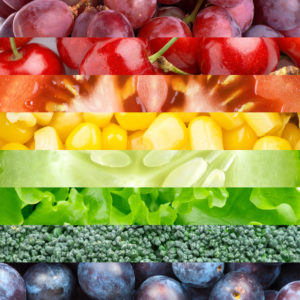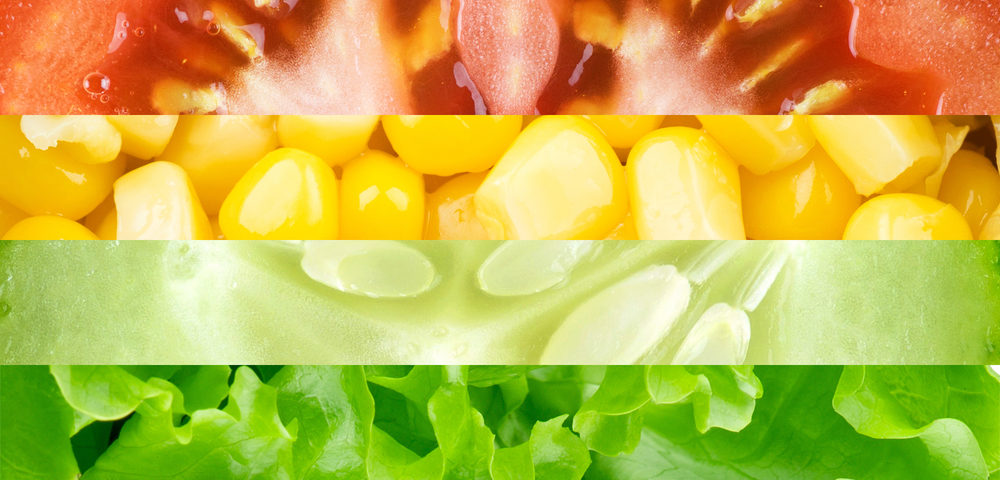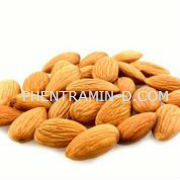 Are You Eating Your Produce Rainbow Every Day?
Are You Eating Your Produce Rainbow Every Day?
We all know that variety is important to our diets, but did you know that color can help you to ensure you’re eating that variety you need? If you focus on eating your way through a produce rainbow you can give yourself a better chance of consuming a spectrum of nutrients, too.
The reason is that the pigments that turn the produce rainbow into the various colors you see are often the result of the presence of certain nutrients. Therefore, the more different colors you eat, the more nutrients you’re likely taking in along with them.
Consider the various colors of the produce rainbow and what they can each provide you. Keep in mind that these do not apply to artificially colored foods:
• Red – Foods in this color group include tomatoes, watermelon, guava, papaya, red bell peppers, grapefruit, and gogi berries. The red often comes from the presence of lycopene, which can reduce inflammation in the arteries, prevent cancer and act as an antioxidant.
• Orange and Yellow – Foods in this color group include sweet potatoes, oranges, carrots, apricots, and mangos. The color is frequently because of the presence of beta carotene, which is an immune booster, is important to eye health and function, an antioxidant and a cancer preventer.
• Green – Foods in this color group include tons of different leafies, from kale and spinach to different forms of lettuce, field greens and asparagus. The color comes from the presence of chlorophyll. The darker the green, the more of this antioxidant is present. These foods are also often very high in lutein and xeaxanthin which, combined, are fantastic for retinal function and overall eye health. Green foods are also fantastic for immune health, cancer prevention, antioxidant benefits and heart health.
• Blue and purple – These foods include eggplant, red cabbage, blueberries, plums, blackberries and even some cranberries and raspberries. The pigment is usually due to a high concentration of flavonoids, antioxidants and phytochemicals. The darkest color is frequently due to the presence of anthocyanins, which are fantastic cancer preventers because they help to reduce cellular DNA damage, slow the activity of cancerous cells, boost cancerous cell apoptosis, and reduce cancer development-encouraging inflammation. Many researchers believe that the human diet was once abundant in anthocyanin-containing foods and that today’s diet contains far too little of this nutrient.
• White – Foods with this color include those in the onion family such as scallions, garlic, leeks and onions. They contain allicin, which is a sulfur compound that is an anti-inflammatory agent which also kills viruses, certain types of bacteria and fungi. It can help to lower the risk of cancer and decrease vascular inflammatory damage.




